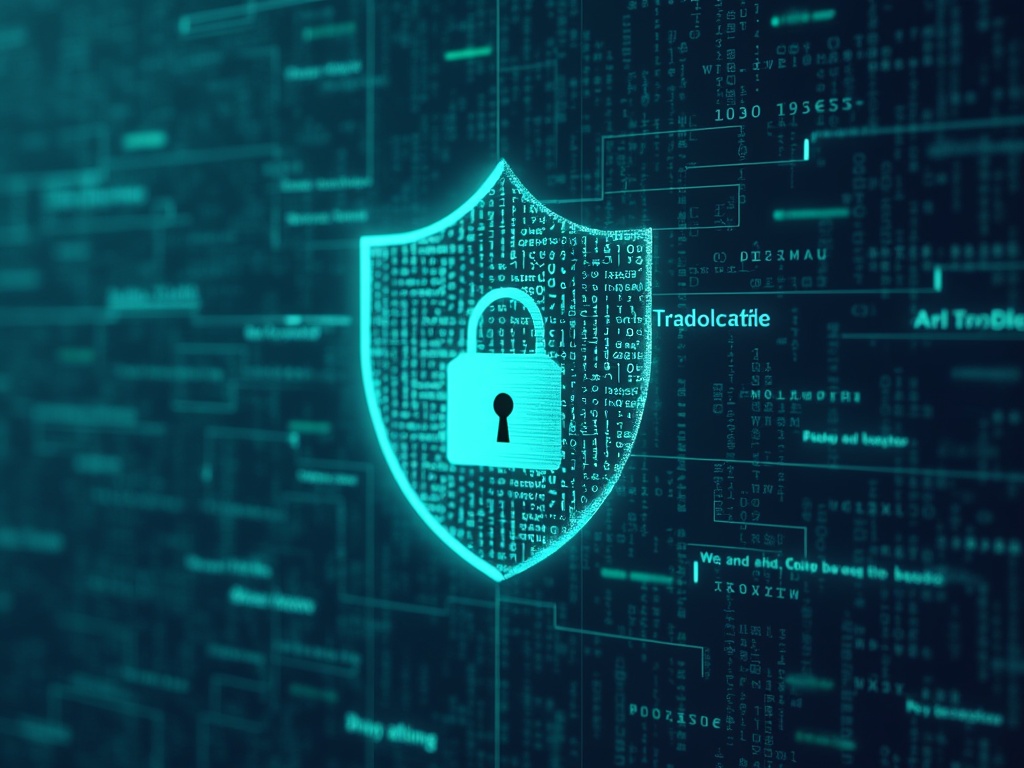Code Visibility: A Crucial Defense Against AI-Driven Security Threats in Modern Enterprises

Code Visibility Emerges as Critical Defense Against AI-Era Security Threats
As organizations increasingly prioritize comprehensive cybersecurity measures to protect digital assets, security teams face mounting pressure to protect enterprise systems as AI-powered development tools create new vulnerabilities in corporate codebases. Experts emphasize that comprehensive code visibility has become essential for maintaining effective security postures in this rapidly evolving landscape.
"You can't protect what you can't see," says Karen Cohen, VP of Product Management at Apiiro, highlighting how AI-accelerated development has introduced complex security challenges. "While a company's documentation can become outdated, and people may not always have an accurate recollection of code changes, the code itself never lies."
The Growing Challenge of Code Security
The introduction of AI-powered coding assistants has dramatically accelerated software development, but this speed comes with inherent risks. Many developers using these tools may unknowingly introduce security vulnerabilities into their organization's codebase through AI-generated code. Organizations must implement robust security-by-design principles in development processes to mitigate these risks.
Security professionals require comprehensive visibility into:
- Programming languages
- Architectural frameworks
- SaaS providers
- Third-party dependencies
- Historical code changes
- Code deployment patterns
- Security compliance metrics
Tools and Solutions for Enhanced Visibility
Application Security Posture Management (ASPM) platforms have emerged as crucial tools for maintaining code security. These solutions provide security teams with:
- Real-time monitoring of codebase changes
- Risk analysis capabilities
- Automated alert systems
- Integration across multiple source control managers
- Comprehensive visibility across merged systems
- Advanced threat detection mechanisms
- Compliance monitoring capabilities
Building a Security-First Culture
Creating a robust security culture requires executive buy-in and organization-wide participation. Security practitioners must demonstrate the value of code visibility to stakeholders while implementing proper tools and processes. Organizations should focus on implementing comprehensive data protection strategies across all development stages.
Cohen shares a personal experience highlighting the risks of inadequate visibility: "Years ago, I was in charge of product privacy for a website-building platform, where I had to rely on my personal knowledge of the company's architecture to secure it. One day, one of our developers let me know about a legacy system in our tech stack that I never would've been aware of otherwise."
According to recent research by Gartner, organizations that implement comprehensive code visibility solutions experience 45% fewer security incidents compared to those without such measures.
The article underscores that as development speeds increase and AI tools become more prevalent, automated visibility solutions are no longer optional but essential for maintaining robust security practices in modern enterprises.

